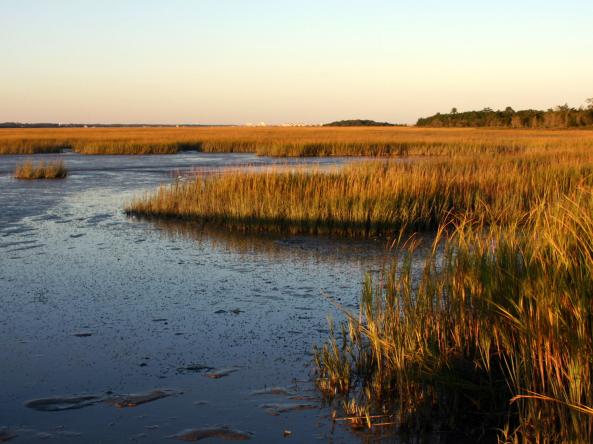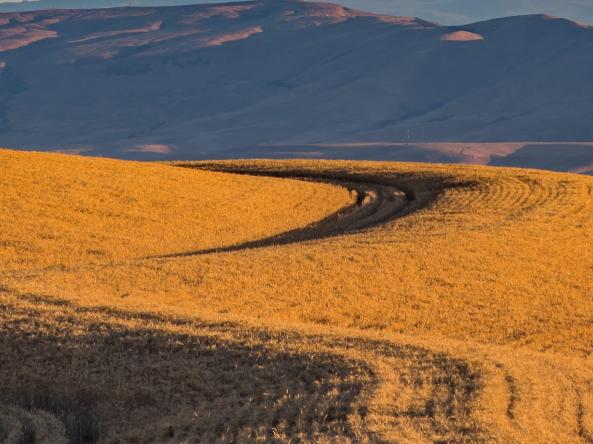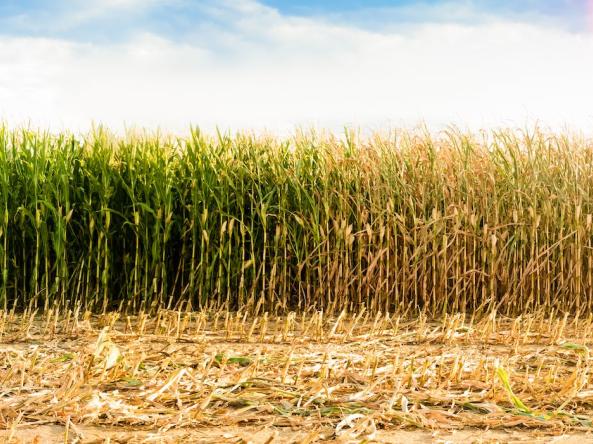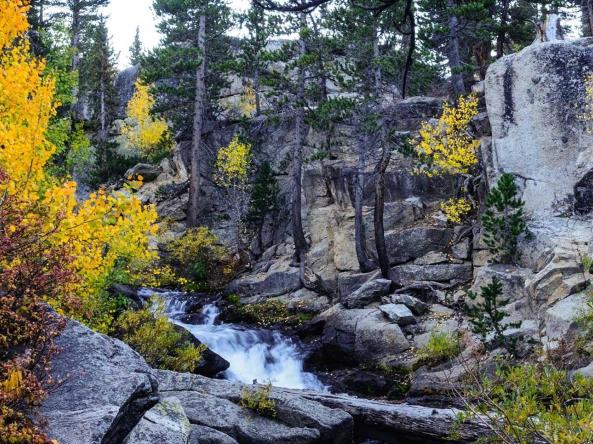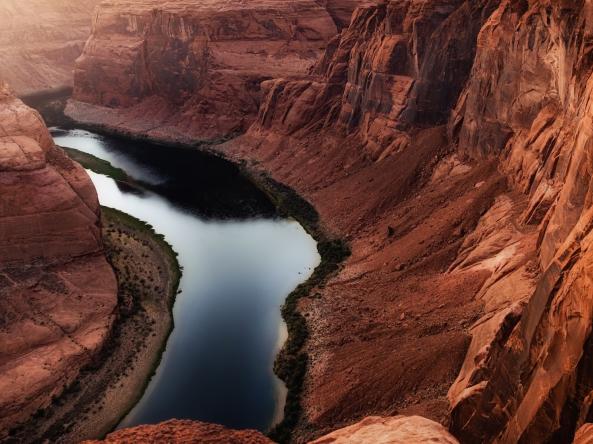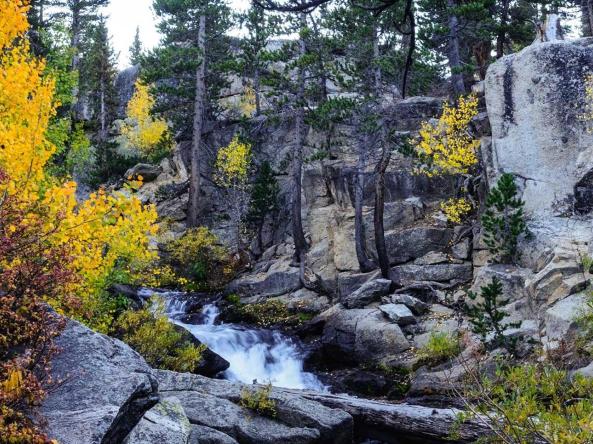The hot, dry conditions across much of the region in the past month led to a rapid expansion of drought and reduced streamflows in the Southeast. Some areas experienced record dry conditions (Virginia) and record heat (Raleigh-Durham, North Carolina). Recent rains have brought much needed relief to parts of the region, although the scattered hit-and-miss nature of summer rainfall typical to the Southeast means some areas are still dry, especially in the interior parts of the region, such as Tennessee.
These webinars provide the region's stakeholders and interested parties with timely information on current and developing drought conditions, as well as climatic events like El Niño and La Niña. Speakers also discuss the impacts of these conditions on things such as wildfires, floods, disruption to water supply and ecosystems, as well as impacts to affected industries like agriculture, tourism, and public health.
For more information, please contact Jason Gerlich (jason.gerlich@noaa.gov).
These webinars provide the region's stakeholders and interested parties with timely information on current and developing drought conditions, as well as climatic events like El Niño and La Niña. Speakers also discuss the impacts of these conditions on things such as wildfires, floods, disruption to water supply and ecosystems, as well as impacts to affected industries like agriculture, tourism, and public health.
For more information, please contact Jason Gerlich (jason.gerlich@noaa.gov).
This webinar examined current conditions for the Intermountain West and the forecasted drought conditions for Arizona, Colorado, New Mexico, Utah, and Wyoming.
For more information, please contact Dr. Gretel Follingstad (gretel.follingstad@noaa.gov).
The March Drought & Climate Outlook Webinar provided updates on snow and rangeland conditions in California and Nevada.
The California-Nevada Drought Early Warning System March 2024 Drought & Climate Outlook Webinar is part of a series of regular drought and climate outlook webinars designed to provide stakeholders and other interested parties in the region with timely information on current drought status and impacts, as well as a preview of current and developing climatic events (i.e., El Niño and La Niña).
As of February 20, current drought conditions vary widely across the Intermountain West. The southern states in the region continue to sustain drought conditions with 88.2% of New Mexico in drought (D1-D4) and 54.6% (D1-D3) of Arizona. The northern states are reporting less drought with 21.7% of Wyoming in drought, 11.7% of Colorado, and only 3.8% of Utah in drought (D1-D2).
These webinars provide the region's stakeholders and interested parties with timely information on current and developing drought conditions, as well as climatic events like El Niño and La Niña. Speakers also discuss the impacts of these conditions on things such as wildfires, floods, disruption to water supply and ecosystems, as well as impacts to affected industries like agriculture, tourism, and public health.
For more information, please contact Britt Parker (britt.parker@noaa.gov).


